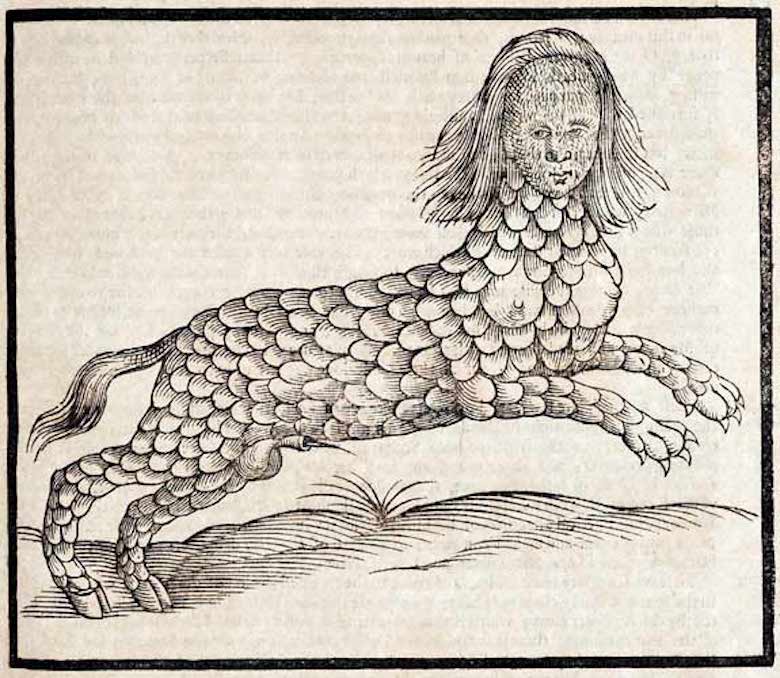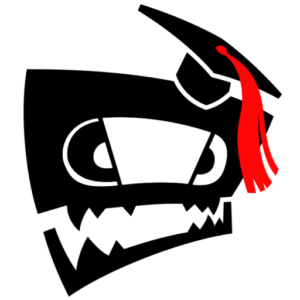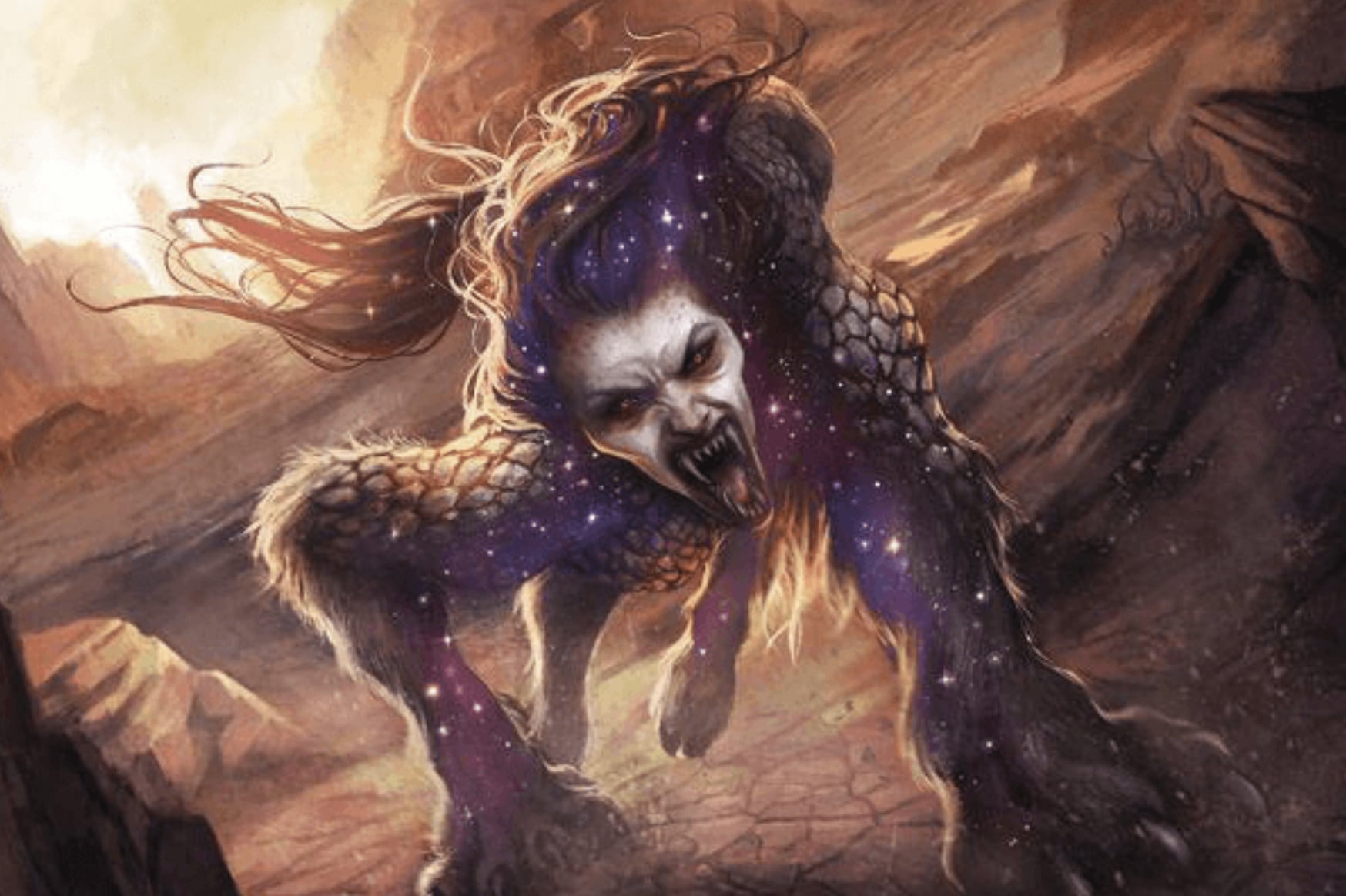Greek mythology spins tales of the once beautiful queen Lamia who loved the Greek God Zeus. But due to some events, she transformed into a terrible monster.
According to legend, many moons ago, Lamia was a shapeshifting demon that devoured infants. Stories from ancient folklore depict Lamia as part woman and part serpent. She often prowled the countryside looking for her next prey. Lamia’s name probably originates from the Greek word laimios, referring to the esophagus. Thus, her name likely indicates her habit of consuming children.
Tales of the Lamia cautioned young children against trusting seemingly harmless outsiders, particularly charming strangers. Her name is a classic example of a “don’t talk to strangers” warning that adults often give children.
The Origins: What is a Lamia?
So what is a lamia? For centuries, an old tale went around in ancient Greece about Lamia, a sea monster and female demon who stalked the night and preyed on children and youth. The daughter of the sea God Poseidon, Lamia was also the mother of the monsters Akheilos the Shark, and Scylla the sea monster.

But, once upon a time, Lamia was a beautiful Libyan queen who attracted the love of Zeus, the God of thunder and light, an idea reflected in early commentary on Aristophanes’ Peace. Zeus made her one of his numerous lovers. Lamia had great beauty and charm; she won her divine lover’s affection.
The Madness Of Lamia
According to one myth, Zeus took her from her birthplace so they might have an idyllic relationship in Italy, and as a result, the town of “Lamos” got its name in her honor. Hera, queen of the gods and the envious wife of Zeus, learned about their liaison and exacted a dreadful retribution by depriving Lamia of her children. There are many interpretations of the myth: in some, Hera killed the children; in others, she drove Lamia insane and had her kill her children. Sometimes, Hera took the children away and concealed them so Lamia would never find them again.
Overall, though, Lamia was left without her children and was driven insane. Going insane with grief, she began stalking and slaughtering children in Greece, believing nobody else should have children if she couldn’t. According to Aristotle, the “beastly” Lamia attacked pregnant women and devoured their unborn children.
The Seer Lamia
Aristophanes, a Greek humorist, said that Lamia was a real-life person who murdered infants. Heraclitus, the Greek philosopher, felt that Hera was responsible for removing Lamia’s eyes from their sockets as retribution for having an affair with her husband.
Hera prevented Lamia from getting any sleep or rest. To reduce Hera’s curse, Zeus granted Lamia the gift of taking her eyes out so she could sleep. Lamia stored them in a cup and returned them upon awakening. According to another legend, to soften the blow of Hera’s revenge, Zeus granted Lamia the talent to prophesy and the ability to shapeshift.
The Lamia Witch
Across ages, Lamia began to be associated with or mistaken for witches in Roman literature and legend. “Lamia” became a common term for witches and female demons in Greco-Roman mythology and folklore and European Christian folklore. Lamia portrayed the nighttime devil that preyed on children—a bogeyman. She occasionally took the form of vampire Lamiai (Lamiae). Nannies and mothers would invoke her name when they wanted children to behave.

Another element that gained popularity was the notion that lamiai were repulsive-smelling creatures: numerous tales describe lamia-killers who located the monsters by the stench they left behind.
The Lamia Snake
In the tale of Apollonius of Tyana and Menippus of Lycia, a poetic image inadvertently gave the creature the reputation of being a “snake” or having a “snake-like” appearance. Later, others began to examine ancient Greek literature and beliefs and compared the Lamia story to similar stories about female monsters resembling snakes or serpents. For instance, a first-century Greek author discussed a colony of alleged man-eating monsters that lived in Libya (Lamia’s country). They were said to have a woman’s torso, a snake’s tail for legs, and beastly hands.
— FOUNDATIONS OF HORROR —
Further explore these subgenres & tropes. more>>
#Vampire horror | #Witchcraft horror

The myth of Apollo’s retaliation against Argos was another well-known mythology that inspired the Lamia iconography. Apollo dispatches a being that a Roman author described as having the face of a woman but a rusty-colored forehead from which a hissing snake protruded. They said she would “slide” into children’s bedrooms like a snake to snatch them away. Overall, this gave people the impression that Lamia was a snake-like monster. Poet John Keats claimed in his poem “Lamia” that she is a serpent who assumes a human form.
The Grotesque Modern-Day Version
Most recently, Lamia was the primary antagonist in the 2009 film Drag Me to Hell, torturing her captives for days before dragging them to hell. The Lamia weapon in the television series The Witcher is a spiky whip that rips the flesh from its victim.
In modern Greek tradition, Lamia stories continue as a monster devouring infants and sucking blood. The Lamia has been compared to demons like Succubus and vampires in several cultures because they were said to lure young males and feast on them. Don’t believe us? Shhh. Go to bed, or Lamia will get you!
Image via muitocurioso.org
Last Updated on June 7, 2023.

